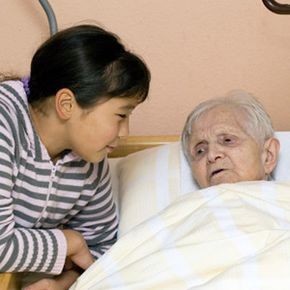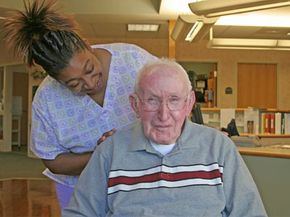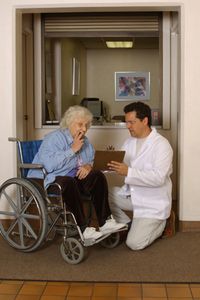Have you ever seen a positive news story about nursing homes? Unless you live in a town that includes bingo results with the sports scores, it's unlikely. Nursing homes have a bit of a public image problem, and you're much more likely to see stories about skyrocketing costs, negligence and penny-pinching measures that make those entrance fees seem even more exorbitant. One of the most "lighthearted" stories to emerge about nursing homes in recent years involved a Providence, R.I., cat that could sense when residents were about to die. While family members appreciated the advance notice the cat's presence provided, it's hardly the kind of story that makes outsiders feel warm and fuzzy about nursing homes.
It's not just the news, though. Nursing homes are sad, scary places to most of us. They often inspire shame -- potential residents may be embarrassed by impairments or illnesses that render them unable to care for themselves, family members might feel guilty about their inability to take care of a loved one, and even grandchildren along for a visit may be uncomfortable about their youth in the midst of all this aging. It's the last resort, and sometimes, the last stop, in housing options.
Advertisement
Shameful feelings about nursing homes were quite normal in their early days in the United States; in fact, state governments stigmatized the early poor farms and almshouses that were prototype nursing homes at the turn of the 20th century so that people would be too embarrassed to use them. By the 1950s, the country was more willing to care for the elderly because nursing homes were modeled after hospitals, making them more of a health issue as opposed to a welfare issue. Unfortunately, it wasn't until the 1980s that the government realized what poor shape some of these homes were in and began to institute reforms that improved the quality of care residents received. That revolution in care continues to this day in the form of the culture change movement, which aims to transform the way that nursing home patients are treated.
We'll address culture change later on in this article, but for now, let's deal with some basics about nursing homes. On the next page, we'll take a look at what exactly a nursing home is and who lives there.
Advertisement








